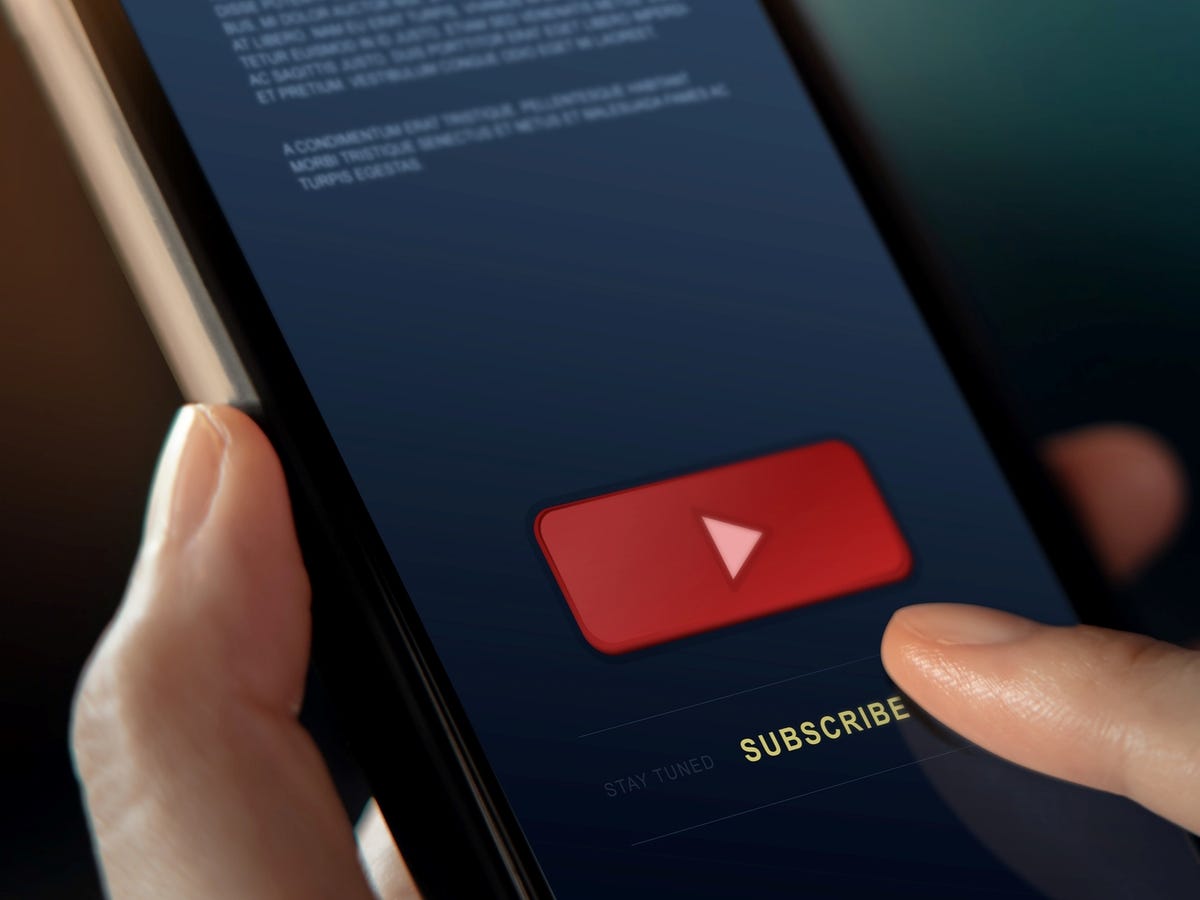

Getty Images
Apple is working on a plan to make more money out of iPhone users — a subscription model.
But why? Doesn’t the current model work better? The one where Apple sells you a device every few years?
Bloomberg’s Mark Gurman offers up some insights, and does a good job of differentiating this rumored subscription model from the current iPhone Upgrade Program.
The current program is a financing program where you’re buying the iPhone over a fixed period, whereas the subscription model is closer to leasing, and you give the handset back after a fixed period.
The subscription model would allow users to upgrade to a new handset every year, and Apple gets the old handset back to refurbish and resell.
Gurman also highlights another problem that Apple has been facing: On average, iPhone users currently upgrade every three years, whereas a decade ago, carrier subsidies meant that users were upgrading every two years.
Let’s look at a number that Gurman proposed — $50 a month for an iPhone 13 Pro Max. The retail price of this device is $1,099 for the base unit, so a user jumping onto a subscription plan is paying $600 a year, or $1,800 over three years.
If the subscriber was a Joe Average and previously upgraded every three years, that’s an extra $700 plus the old iPhones to resell for Apple over those three years.
The subscriber, in return, gets a new iPhone every year.
Do these numbers make sense?
Personally, I’m not sure they do.
Why?
Secondhand resale value.
iPhones hold their value incredibly well, and if you play the game right, you can upgrade yearly by selling your old iPhone and paying a lot less.
Assuming you paid Apple $600 a year for a lease, that iPhone is now worth $499, but you can sell a year-old second-hand iPhone in good condition for a lot more than that on the open market.
Leasing also means that you don’t have an older iPhone to hand down to family members (or friends).
Having to lease an iPhone for you is one thing. Leasing iPhones for the whole family is a different matter.
Apple could sweeten the deal by throwing in AppleCare and maybe add something like priority exchange and maybe an Apple One subscription, and that would make quite a difference.
All that said, for people who are willing to pay Apple to take away all the hassles of getting a new iPhone every year, a subscription model might be the silver bullet. And if Apple can sweeten the deal by bundling in something like AppleCare or Apple One, then that monthly payment might be easier to swallow.

